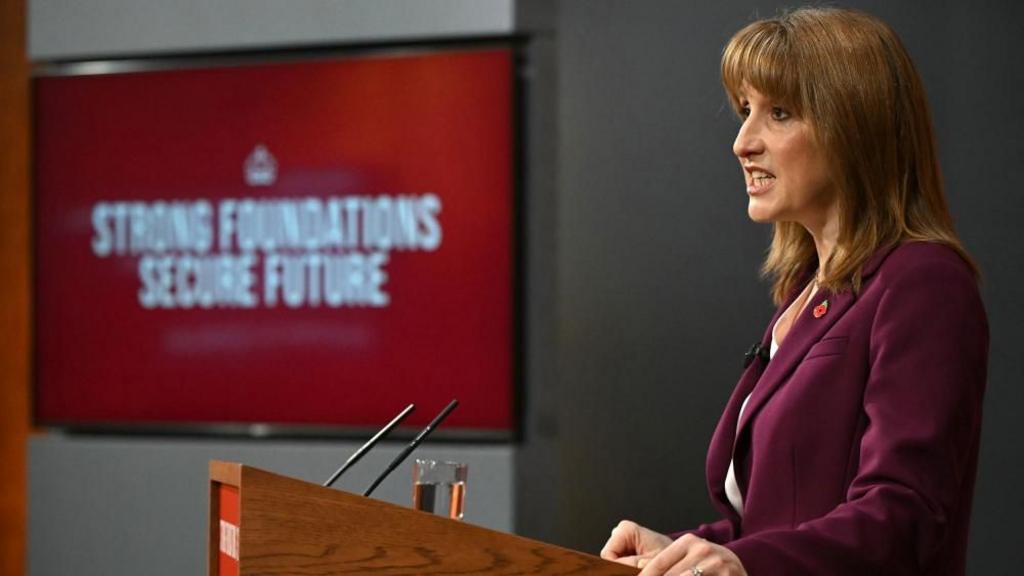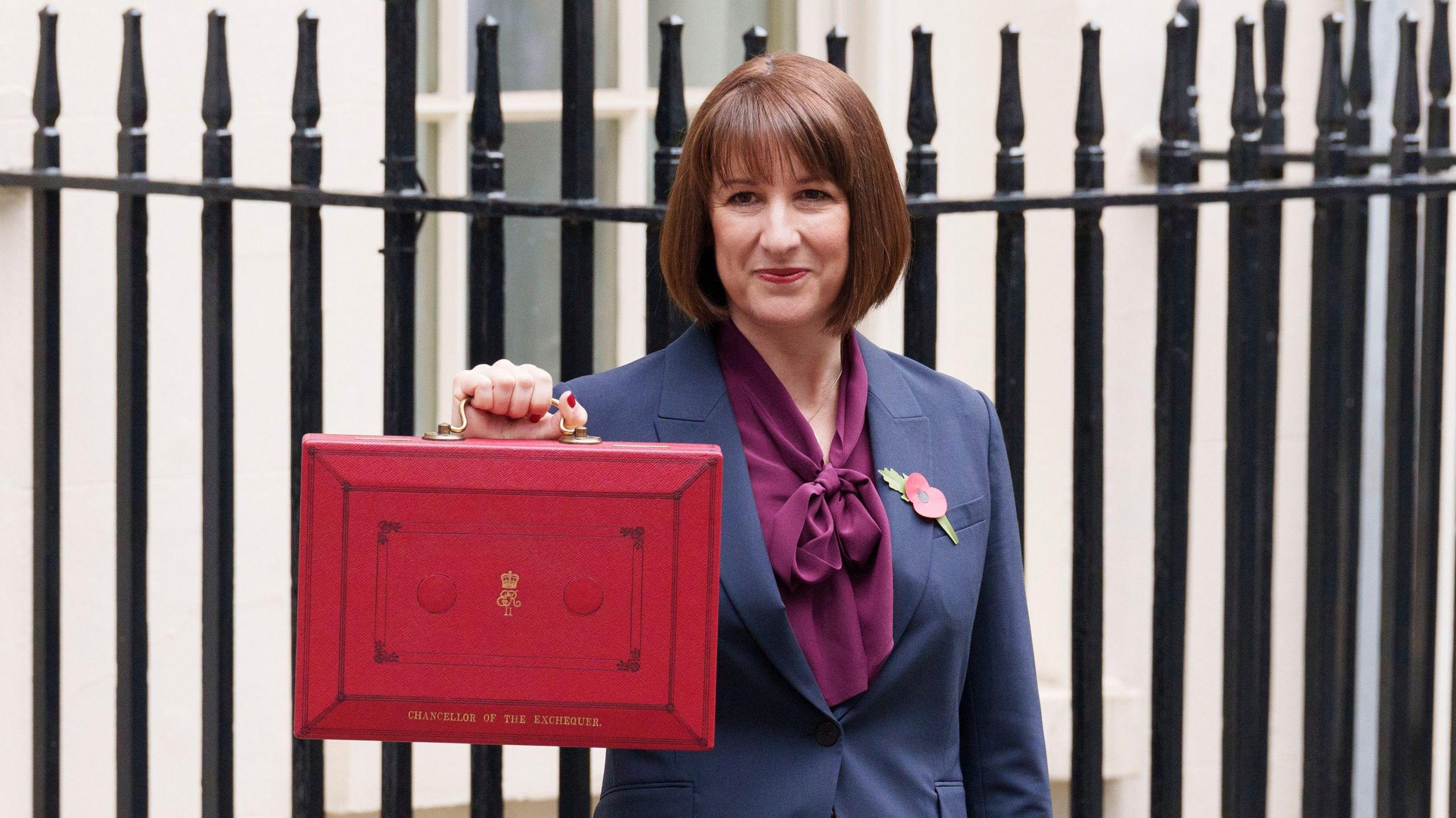With just two days until Chancellor Rachel Reeves stands at the dispatch box, the Autumn Budget 2025 looms large over households and businesses across the UK. This fiscal event promises to shape everything from your weekly shop to long-term savings plans. Excitement mixes with nerves as speculation builds, fueled by fresh leaks and market jitters. Recent reports highlight a £30 billion shortfall in public finances, pushing Reeves toward bold moves that could redefine economic stability for years. It's a moment that feels urgent, almost electric, as the nation braces for decisions that hit close to home.
What is the Autumn Budget?
The Autumn Budget 2025 serves as the UK government's key fiscal blueprint. It outlines tax policies, spending priorities, and economic strategies for the year ahead. Rachel Reeves, in her role as Chancellor of the Exchequer, will deliver it to Parliament. Updated projections from the Office for Budget Responsibility will accompany her speech, painting a clear picture of growth, debt, and revenue needs.
This shift to an autumn schedule started a few years back. It replaced the spring tradition to allow deeper data dives and steadier forecasts. Businesses gain clearer signals before the new financial year kicks off in April. For everyday people, it means more time to absorb changes, though the wait can stir anxiety about what lies ahead.

Chancellor Rachel Reeves outlines plans to increase some taxes in the November Budget.
When It Happens and Why the Timing Feels So Charged
Mark your calendar for Wednesday, 26 November 2025. That's when Reeves will unveil the details in the House of Commons. The Treasury confirmed this date back in early September, aligning it with the OBR's latest forecasts. Just yesterday, retail sales dipped 1.1% in October, the first drop since May, adding fresh urgency as Black Friday approaches.
The later slot gives officials breathing room to sift through inflation trends and productivity slumps. It lets the government fine-tune reforms without the rush of earlier deadlines. Yet for families and firms, this extended buildup heightens the drama. Markets twitch with every whisper of tax tweaks or spending shifts. According to analysis reviewed by Finance Monthly, the delay could amplify short-term uncertainty but ultimately deliver more robust policies.
The Economic Squeeze Setting the Stage
The UK economy chugs along at a modest pace. Growth hit about 1.5% annually through mid-2025, leaving GDP per person just 0.8% above pre-pandemic marks. Borrowing stays stubborn, funding daily operations while national debt hovers near 95% of GDP. Fiscal headroom, that buffer before debt rules bite, shrinks fast. It leaves little wiggle room for splashy incentives without offsetting cuts or hikes elsewhere.
Markets add their own heat. Gilt yields climb, interest payments balloon, and productivity lags behind peers. Politically, Reeves navigates tight pledges. No rises in core taxes like income, national insurance, or VAT for working folks. Still, the £30 billion gap demands creativity, stirring debates on fairness and fallout. Carl Emmerson, deputy director at the Institute for Fiscal Studies, captures the raw edge of it all. He describes the choices as "heart-wrenching for households already stretched thin, forcing a painful trade-off between today's relief and tomorrow's stability." His words echo the quiet dread many feel amid rising bills and stagnant wages.
Plugging the £30 Billion Hole: What It Means for Your Everyday Finances
At the heart of this budget sits a glaring fiscal black hole, estimated at £30 billion by recent Treasury assessments. Fiscal headroom refers to the spare cash a government holds before its self-imposed debt limits kick in, like keeping current spending covered by taxes without piling on endless borrowing. Think of it as your household budget's emergency fund, now running perilously low after years of pandemic spending and energy shocks.
Reeves aims to seal this gap without shattering manifesto vows on major tax rates. Expect nudges to lesser-known levies, such as capital gains or inheritance tax, alongside freezes on income thresholds that quietly pull more earners into higher bands. According to PwC's latest briefing, these moves could generate £10-15 billion annually, but they ripple outward in subtle, stinging ways.
Here's the fresh insight that sets this apart: while headlines fixate on tax grabs, the real game-changer lies in how Reeves links repairs to growth boosters. She's eyeing £5 billion extra for infrastructure and skills training, per OBR previews, to lift productivity by 0.5% over five years. That's not just numbers, it's potential. Imagine a mid-sized manufacturer in the Midlands, like one we spoke with off-record, facing 2% higher corporation tax but gaining from streamlined planning rules that shave six months off factory expansions. For you, this could mean steadier job prospects or lower energy costs if green investments pan out, turning austerity's bite into a bridge toward resilience.
Yet the emotional toll weighs heavy. Families might see council tax creep up 3-5%, covering the gap without touching VAT. Savers could face trimmed pension reliefs, hitting retirement dreams for those in their 50s. The scale hits home, a statistic from the OBR underscoring it: every 1% productivity boost could add £25 billion to annual revenues by 2030, easing the squeeze on services like the NHS. This budget isn't mere accounting, it's a pivot point where tough calls today foster hope for leaner times ahead. Stay sharp, review your tax wrapper now, and remember, small adjustments in ISAs or property timing could shield your nest egg from surprises.

Chancellor Rachel Reeves delivers her pre-Budget speech, outlining the UK’s fiscal challenges and potential tax rises.
What Readers Like You Are Wondering
Will the Autumn Budget 2025 raise my income tax?
No outright hikes on basic income tax rates look likely, honoring Labour's pledge to shield working people. Instead, frozen thresholds mean wage rises could nudge you into higher bands, effectively taxing more without rate changes. This stealth approach might add £500-£1,000 yearly for middle earners by 2027, per IFS models. To counter it, bump up pension contributions before April or explore salary sacrifice schemes, which often dodge the net. Keep an eye on Reeves' speech for clues on relief tweaks that soften the blow for families.
How might this budget shake up house prices and mortgages?
Property faces scrutiny with possible stamp duty tweaks or council tax rebands targeting second homes, aiming to free up £2-3 billion. This could cool high-end markets but stabilize starter homes by easing supply chains through planning reforms. Mortgage rates, already at 4.5% averages, might dip if gilt yields ease post-budget, saving £100 monthly on a £200,000 loan. First-time buyers should scout now, as incentives like shared ownership boosts could emerge, blending caution with opportunity in a wobbly market.
What's the word on pensions and savings changes?
Pensions draw heat with whispers of curbed tax relief or ISA cap lifts to £25,000, plugging gaps without broad pain. A 1% relief cut could cost higher-rate savers £200 yearly on £10,000 contributions, but it funds growth pots like skills funds. For retirees, state pension uplifts tied to earnings might add £400 annually. Diversify into bonds or green ISAs for buffers, and chat with an advisor soon, as these shifts reward proactive planning over passive waiting in uncertain times.
As the clock ticks toward 26 November, this budget stands as a crossroads for UK fortunes. Reeves' choices will echo in your bank statements and beyond, blending grit with guarded optimism. Tune in, tweak your plans, and let's see how she steers the ship through stormy seas.














